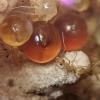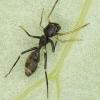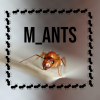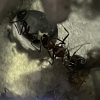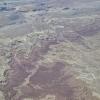2/13/2021:
It's been two months since my last update, and a lot has happened with my Novomessors. I have been following Cheetolord's advice to feed my ants more. Though I don't have time for daily feedings, I buy a pack of large crickets from the store weekly and my Novomessors usually receive two of them. The colony of queen three has grown to a size of about 50 workers in their new mini hearth, and the new hatches are much larger than their previous nanitics. However, while this colony has flourished, Hippolyta's kingdom has seen a slow but fatal decline due to her lack of egg production. It is ironic that the first two queens which I had named and wrote about due to their initial success are now dead, while the unassuming colony of "queen three" is the only one left alive. I suppose that now that she is the only queen, I won't have any need to name her as I had been planning to. As long as I still have one colony of this species, I will be happy, though it worries me that if this final queen dies I'll be left without this wonderful species. I tried to feed Hippolyta's colony during their weeks of broodlessness, but they had virtually no appetite for protein or honey; when their queen finally died, it was a disappointment but no surprise. A week after the death of their queen, I attempted to merge the remaining seven workers into my main colony, hoping that the loss of their queen would make the workers open for adoption into a new colony. Unfortunately, the trash pile filled up with corpses and though some workers may have been adopted it seems clear that the majority of them were killed. A few days after the failed merge, I thought more on the similarity between the death of this queen and her sister and became worried that this abrupt cessation of laying was due to a pathogen which had spread between them. I regret my attempt at merging for that reason, but a new batch of eggs has shown that this affliction has not struck my remaining colony, at least so far.
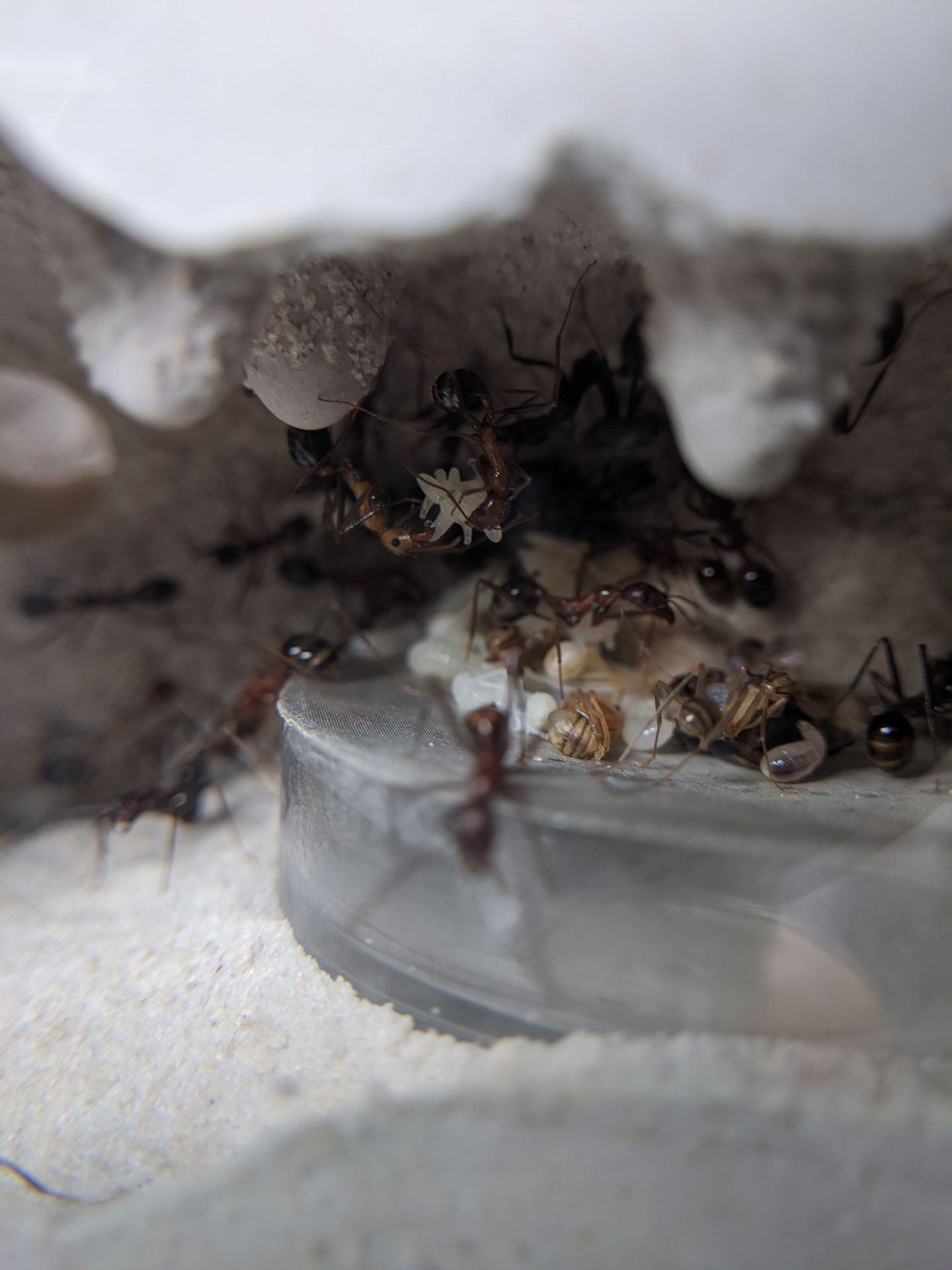
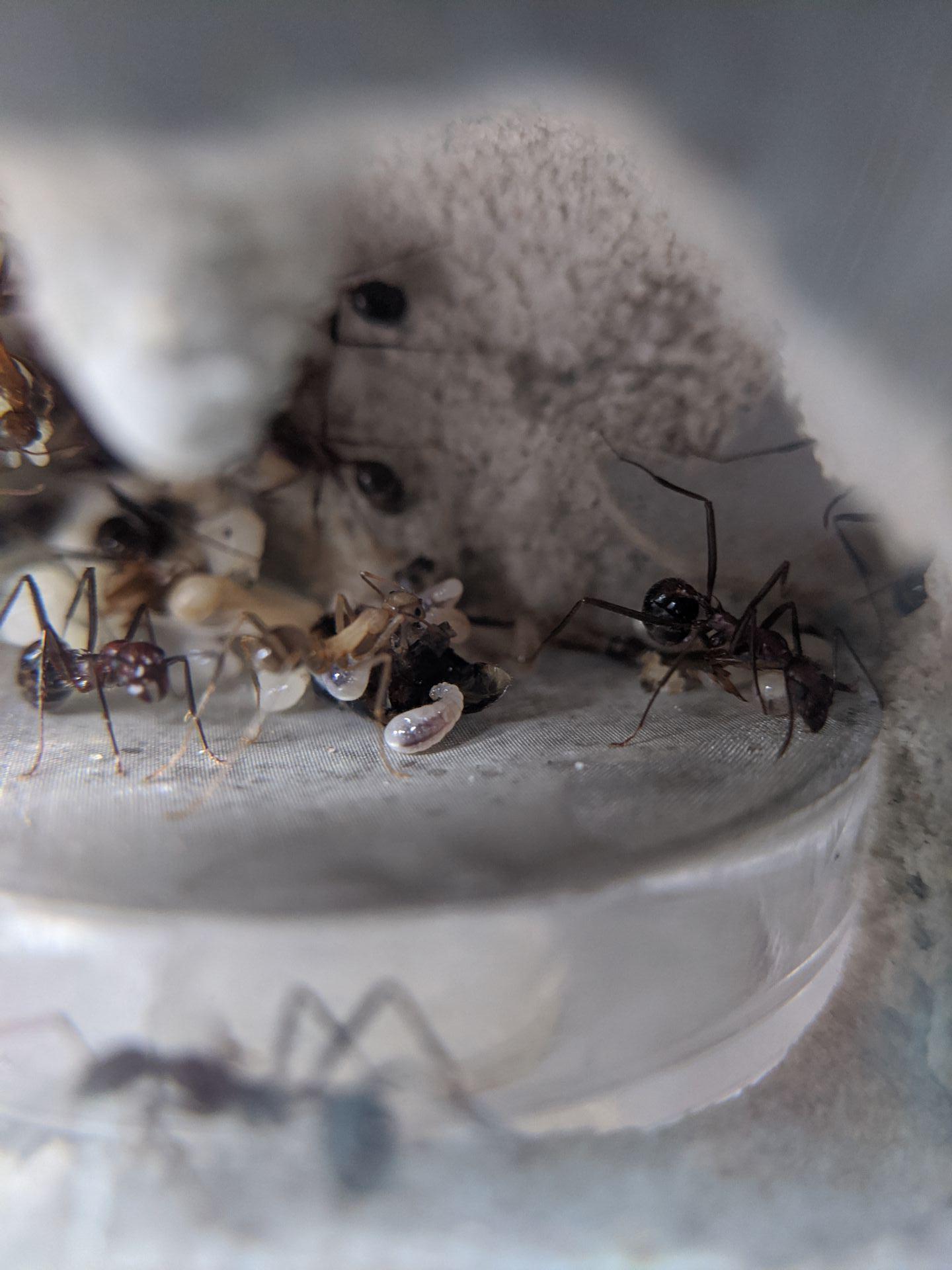
These pictures, taken of the inside of my Novomessor's mini hearth show several of the colony's larvae feeding on cricket pieces. As I have seen in other journals of this species, they often have a worker on the ceiling carrying the small larvae in a bundle. In comparison with the feeding habits of my other colonies, my Novomessors prefer to use their strong jaws to "butcher" the crickets that I feed them into large chunks of meat, which they then drag into their nest and place their larvae onto to feed. It is a lot more satisfying for me to watch them feed than my other colonies because I can see the food getting carried into their nest and then slowly eaten by the hungry larvae. It is also a cleaner method than my other colonies', leaving little to no waste. One cause of this method of feeding is that the genus Novomessor, like their close relative Aphaenogaster, lacks a social stomach to transport food in a liquid form. Additionally, in nature they forage individually and in an arid environment with scarce food. Therefore, it would benefit them to be able to immediately capitalize on the food that they find before it is taken by another scavenger. These two forms of foraging behaviors remind me of
this video that I watched a while ago. Of course, this is all speculation but one of my favorite parts of keeping ants is trying to figure out, evolutionary, why they are the way they are.
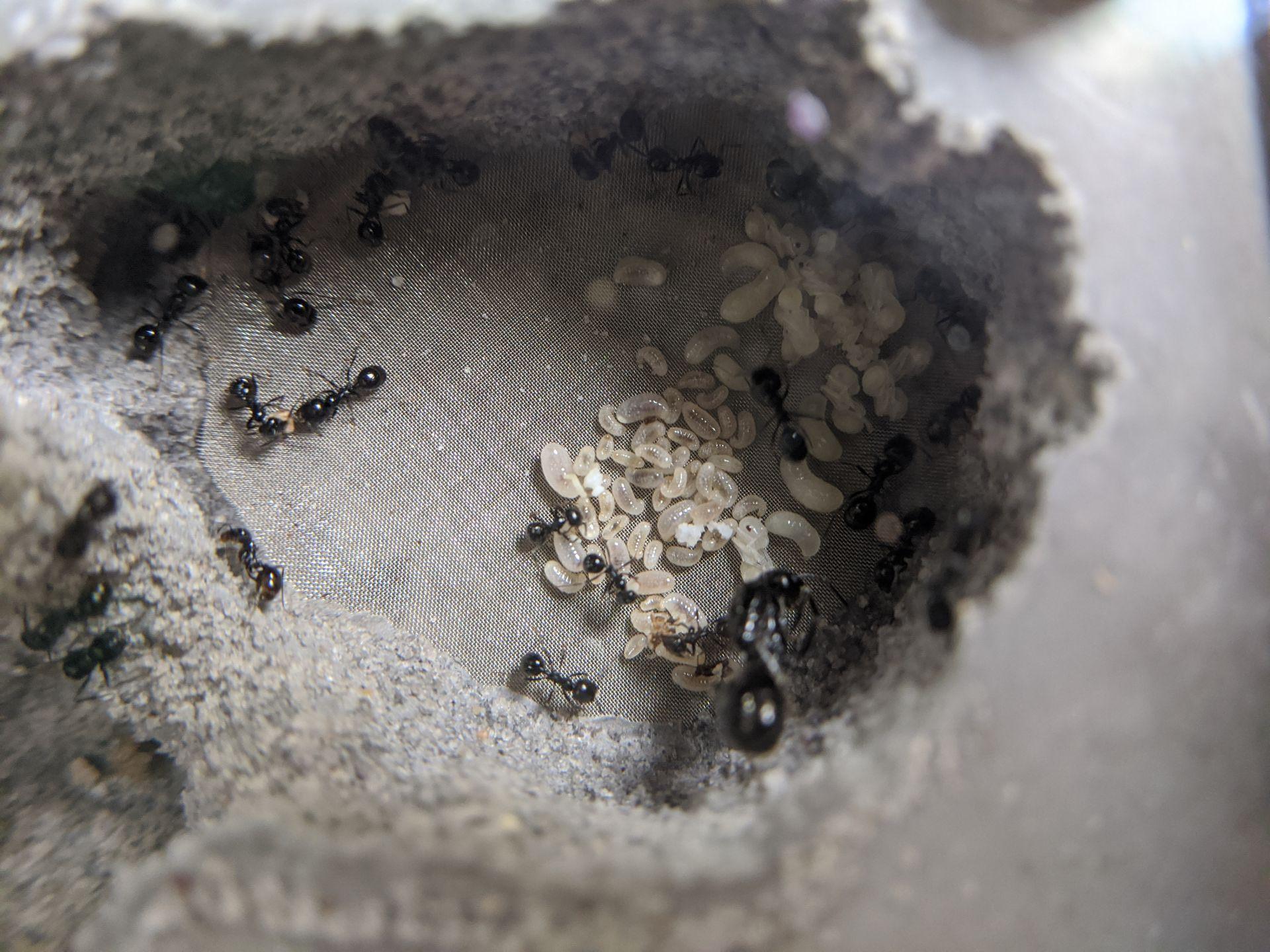
My Veromessor pergandei colony, meanwhile, has not been quite as exciting. Their growth has only taken them to a size of about 30 workers despite consistently having a large brood. Mainly, that is my fault; they spent most of the last few months at room temperature because I didn't have enough room in my incubator. I moved them into a fallen fortress at about the same time as my other colonies, but they have not grown much since even though they are now heated to 86 degrees. They have refused any food or liquid besides seeds, but don't seem to be suffering any ill from it. They have a large stock of seeds in their nest so I have no worries about them running out, and constant heating has made them move 2-3 times faster than they do at room temperature so I believe it's what they need to take off in population. Their polymorphism is much more noticeable than my Crematogasters', and it seems like they finally have workers with large enough jaws to process seeds because I no longer see their queen on "nutcracker duty". They seem a lot more comfortable in their fallen fortress than they did in their test tube and thanks to the extra space they are able to lay their brood out evenly across the floor of their water tower, in their peculiar way. On a closing note, despite their overall signs of health, I did notice a thin shape among their brood that appears to be some kind of worm. Although it could just be a piece of seed, parasites would fit with the slowing of their growth. I'll keep an eye on their brood health for the time being.
Edited by TestSubjectOne, February 13 2021 - 8:23 PM.
TestSubjectOne's Experiences in Antkeeping General Journal
Currently Keeping:
- Veromessor pergandei (1 queen, 600 workers)
- Novomessor cockerelli (1 queen, 200 workers)
- Myrmecocystus mexicanus (1 queen, 100 workers)
- Brachymyrmex patagonicus (3 queens?, 2,000 workers? & alates)
- Crematogaster sp. (1 queen, 600 workers)
- Liometopum occidentale (1 queen, 800 workers)
- Camponotus absqualator (1 queen, 130 workers)


